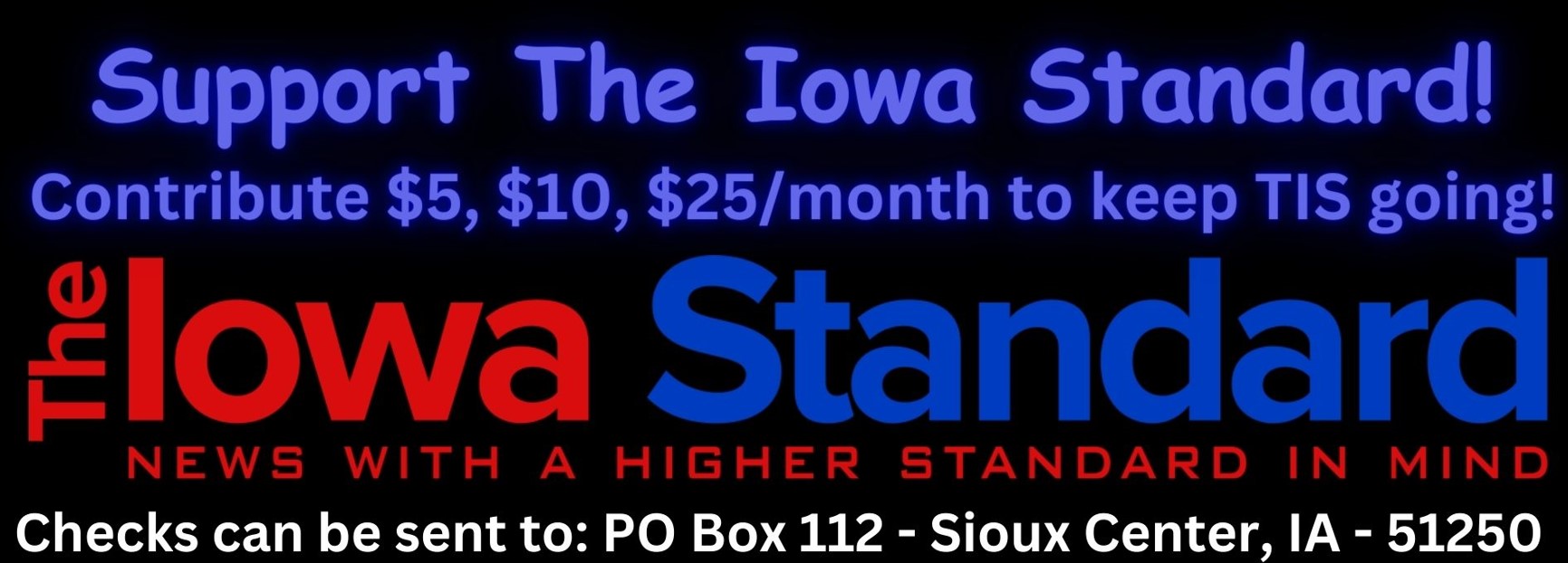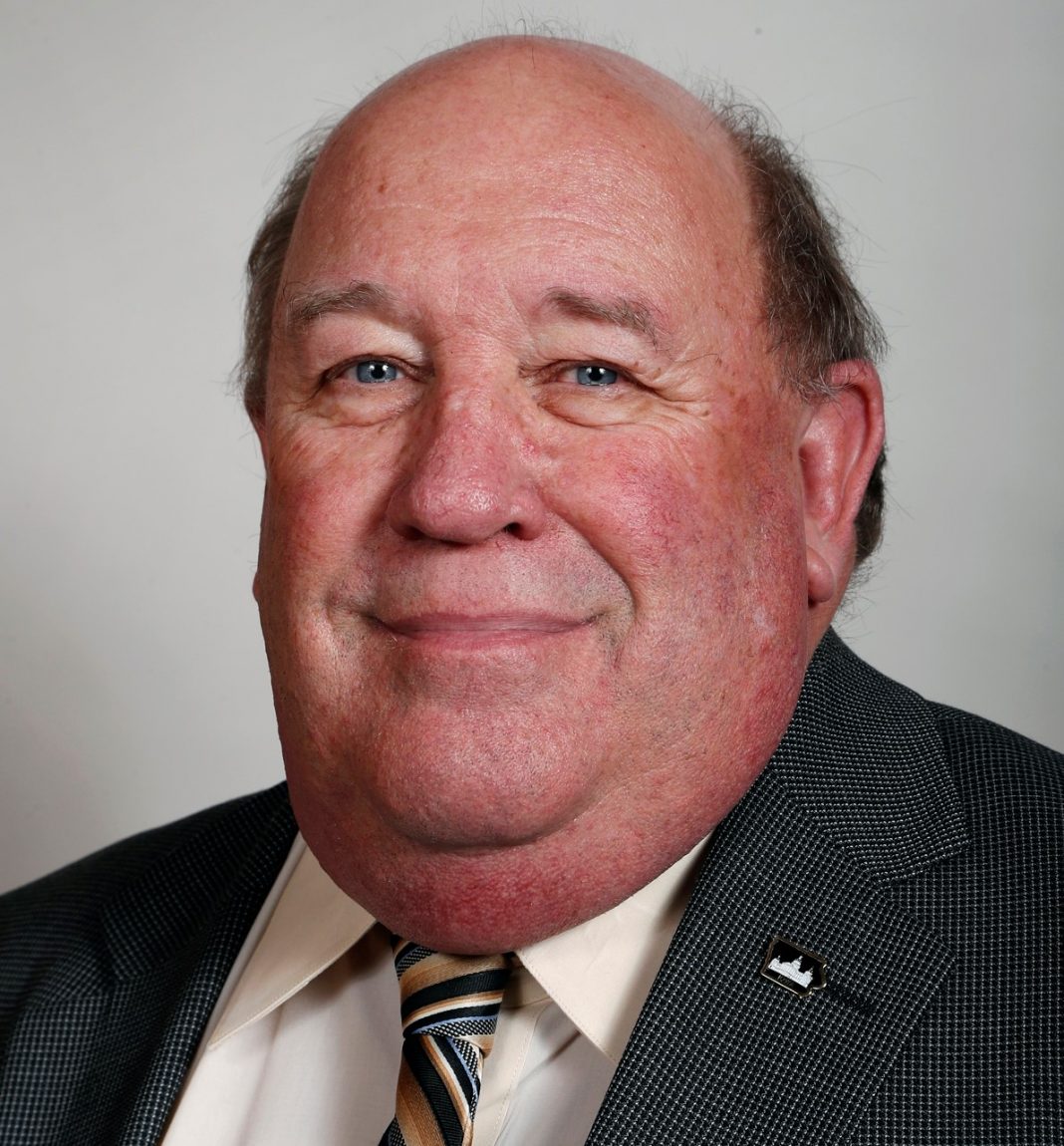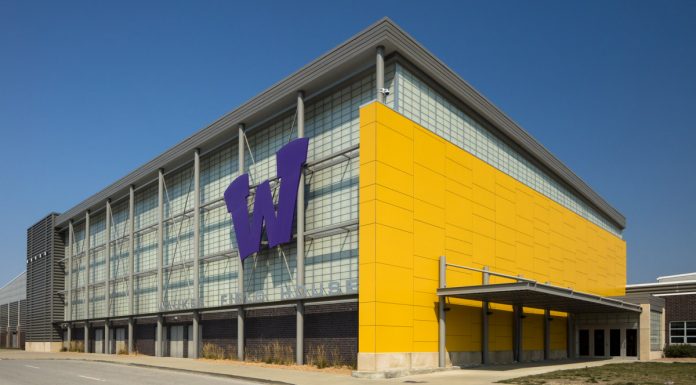A year ago, in the beginning, stages of this pandemic, we were told that a vaccine may or may not be possible. And, even if a vaccine could be developed, it could take as many as five years to bring into production. Look how far we have come in a year! Thanks to Operation Warp Speed, we have two highly effective vaccines with a third on the way and thousands of Americans already receiving the two doses required for maximum immunity. The rapid development of this miracle of modern science created a huge challenge to create the infrastructure to manufacture, distribute, and administer the vaccine.
With those challenges come questions. I have received several questions regarding the distribution and administration of the vaccine in BV and Sac counties. The perception is that BV has been shorted in the allocation of the doses of vaccine. I have had several conversations with the Governor’s office and have found that the available vaccine is distributed according to a formula. The formula distributes the available doses in direct proportion to the population, in the county, that is 65 years old and older. A secondary consideration is the number of residents employed in close proximity manufacturing jobs. The Department of Public Health has remained faithful to the formula as designed but is always open to improving the system as the rollout continues.
While this knowledge may not get more BV citizens vaccinated this week or next, we can rest assured that the vaccine is being distributed according to an established plan and that the plan can be modified to bring more equity to the process as we move forward.
We are currently debating bills on the floor of the House. We have twenty-five bills on the docket this evening. We are averaging less than five minutes per bill and most are being approved by a unanimous vote of the chamber. The bills run the gamut from child care, to education, to tax credits, to criminal law. This is the side of the lawmaking process that the public seldom sees. Cooperation and bipartisanship just do not make the news.
Supplemental State Aid (SSA) for our K-12 school system will be up for floor debate on Thursday. SSA is always the first budget bill off the floor in every year. The remainder of the budget will not be approved until the closing days of the session. This gives our education system the first bite at the available funds for the coming year. COVID has injected a higher degree of uncertainty into the budget process this year. Attempting to predict whether the nearly 6,800 students who left the public-school system this year will return next year, is a huge unknown in the budget process. Other unknowns include the continuing effects of COVID on the cost to operate our schools and the strength of our economy and its effect on revenue.
A lot of disinformation has been disseminated about the details of this year’s SSA. Comparing this year’s proposal to last years, shows some stark differences in the gross numbers, although a deeper analysis shows more similarities than differences. Last year’s SSA increase was 2.3% and this year’s proposal is at 2.4%. The disparity is in the total dollar amount. 2.3% last year sent an additional $85.5 million to our local school districts. A 2.4% increase this year amounts to $37.3 million. The change is caused by the statewide drop in enrollment. Schools with little or no enrollment drop will see an increase in funding similar to a year ago. A more relevant comparison would be the SSA per pupil. That number will increase approximately $179, from $7,048 to $7,227, per pupil regardless of enrollment changes. If we were to dedicate $85 million to SSA this year it would more than double the $179 per student increase, creating a nearly $50 million built increase in school spending next year if the bulk of those 6,800 students would return to public school next year.
Still under negotiation is the size, timing, and specifications for a package that will help defray the costs of COVID mitigation for schools that continue to have in-person instruction during the 20-21 school year. This package, which is in the $27 to $30 million range, will increase total new spending on our K-12 system to near $65 million. This level of spending will keep our options open if new challenges present themselves.












